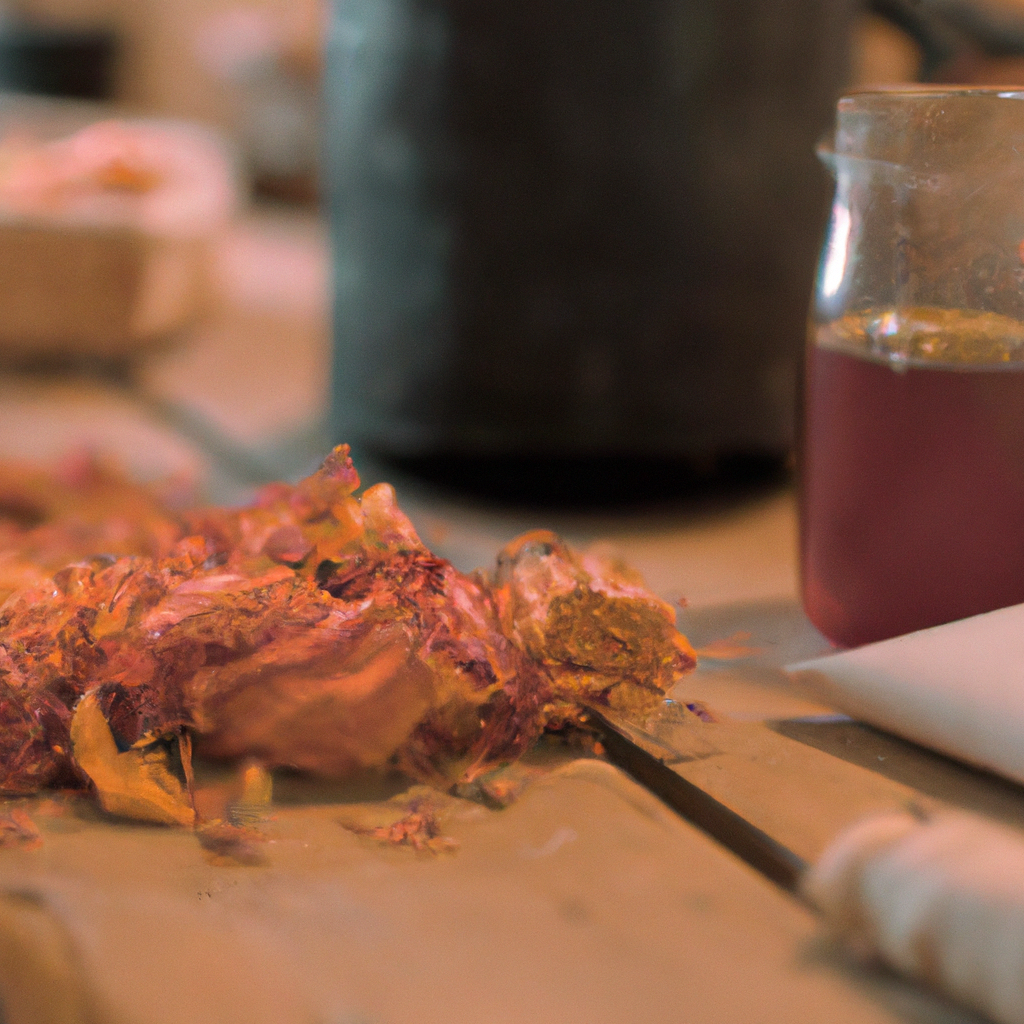Natural dyes have been used for thousands of years to create beautiful colors for textile dyeing. These plant-based dyes are gaining popularity once again, thanks to the increasing demand for eco-friendly and sustainable textiles. The process of making natural dyes from plants involves several steps that require care and attention. In this article, we will explore the dyeing process, natural dyeing techniques, plant pigments, and more to provide a thorough response to the question, “What is the process of making natural dyes from plants?”
Dyeing Process:
The dyeing process involves the transfer of color from the plant material to the fabric. The first step is to extract the color from the plant by boiling or soaking it in water. The plant material is then removed, and the fabric is added to the dye bath. The fabric is allowed to simmer in the dye bath for a period of time, depending on the desired color intensity. Once the desired color is achieved, the fabric is rinsed, and the excess dye is removed.
Natural Dyeing Techniques:
There are several natural dyeing techniques used to create different effects. Some of the most popular techniques include:
– Tie-dyeing: This technique involves tying the fabric in knots before dyeing it to create a pattern.
– Shibori: Shibori is a Japanese technique that involves folding, twisting or bunching fabric before dyeing it to create patterns.
– Batik: Batik is a technique that involves applying wax to the fabric before dyeing it, creating a pattern by resisting the dye in certain areas.
Plant Pigments:
Plant pigments are the compounds responsible for the colors found in plants. There are several different types of plant pigments, including:
– Carotenoids: These pigments are responsible for the yellow, orange, and red colors found in plants.
– Chlorophyll: Chlorophyll is responsible for the green color found in plants.
– Anthocyanins: These pigments are responsible for the red, purple, and blue colors found in plants.
Natural Dye Sources:
There are many different plants that can be used to create natural dyes. Some of the most popular plant-based colors include:
– Indigo: Indigo is a plant that produces a blue dye.
– Madder: Madder is a plant that produces a red dye.
– Turmeric: Turmeric is a spice that produces a yellow dye.
– Weld: Weld is a plant that produces a yellow-green dye.
– Cochineal: Cochineal is an insect that produces a red dye.
Eco-Friendly Dyeing:
Using natural dyes for textile dyeing is an eco-friendly alternative to synthetic dyes. Synthetic dyes are made from petroleum-based chemicals that are harmful to the environment. Natural dyes, on the other hand, are made from renewable resources, and the dyeing process produces minimal waste.
Sustainable Textiles:
Using natural dyes is just one aspect of creating sustainable textiles. Other sustainable practices include using organic textiles, reducing water usage, and minimizing waste. By using natural dyes and sustainable practices, we can create textiles that are not only beautiful but also environmentally friendly.
In conclusion, the process of making natural dyes from plants involves several steps, including extracting the color from the plant material, dyeing the fabric, and rinsing the excess dye. There are several natural dyeing techniques that can be used to create different effects, and plant pigments are responsible for the colors found in plants. Natural dyes are an eco-friendly alternative to synthetic dyes, and using sustainable practices can create textiles that are not only beautiful but also environmentally friendly. By embracing natural dyes and sustainable practices, we can create a more sustainable future for textiles.







